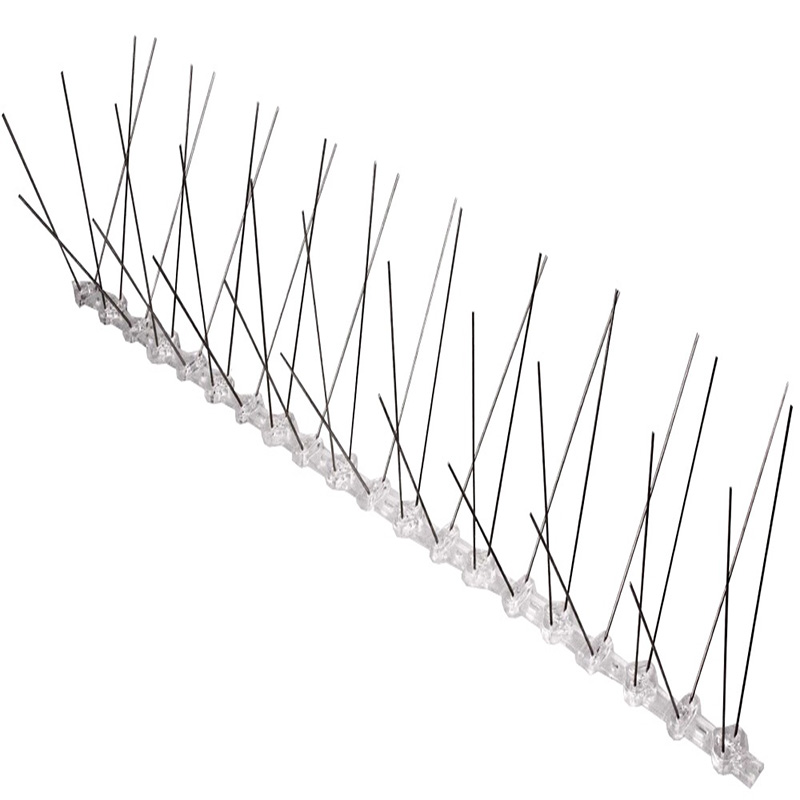-
+86 15030157877
-
sales@galvanizedmetalmesh.com
Ara . 10, 2024 23:10 Back to list
Factors Influencing the Price of Barbed Wire in Today’s Market
The Price of Barbed Wire An Economic Overview
Barbed wire, a staple in agricultural and construction industries, plays a significant role in taming livestock and securing properties. Its price fluctuates based on various factors, including material costs, manufacturing processes, demand levels, and economic conditions. Understanding these dynamics can help businesses and consumers make informed decisions about their investments in this crucial fencing material.
Historical Context
Barbed wire was patented in the United States in 1867, and since then, it has evolved into a critical tool for land management and security. The introduction of this product revolutionized fencing by making it more efficient and affordable. However, the price of barbed wire has experienced considerable volatility over the years due to shifts in manufacturing technology and changes in the global steel market.
Factors Influencing Prices
1. Raw Material Costs One of the primary components in the production of barbed wire is steel. Fluctuations in the prices of raw materials, particularly steel, can significantly impact the pricing of barbed wire. Global events, including trade policies, tariffs, and supply chain disruptions, can lead to increased costs for manufacturers, which are often passed on to consumers.
2. Manufacturing Costs The cost of labor, energy, and machinery used in the production of barbed wire also contributes to its overall price. Regions with higher labor costs or energy prices will see a direct correlation in the price of barbed wire produced there. Conversely, advancements in manufacturing techniques may help reduce costs and stabilize pricing.
3. Market Demand The agricultural sector is one of the primary consumers of barbed wire, using it extensively for fencing livestock and crops. Fluctuations in agricultural output, changes in farming practices, and shifts in land use can influence demand for barbed wire. In times of economic growth, the construction industry may also demand increased quantities of barbed wire for fencing projects, further affecting its price.
barbed wire price

4. Competition The barbed wire market is competitive, with various manufacturers offering different products at varying price points. Companies often engage in price wars or promotions to gain market share, which can temporarily affect the overall price structure.
5. Technological Advancements Innovations in barbed wire production, such as improved galvanization methods or alternative materials, may lead to more efficient manufacturing processes and potentially lower prices.
Current Trends and Future Outlook
As of 2023, the barbed wire market has seen fluctuations influenced by global supply chain issues related to the COVID-19 pandemic, geopolitical tensions, and rising energy costs. Experts predict that the price of barbed wire may continue to experience volatility as these issues persist. However, as the global economy stabilizes, there might be a shift towards more consistent pricing.
Additionally, as environmental concerns become increasingly central in manufacturing, companies may need to invest in greener technologies and materials. This shift could initially increase production costs but may lead to more sustainable products in the long run, affecting the pricing strategies of manufacturers.
Conclusion
The price of barbed wire is influenced by a myriad of factors, from raw material costs to market demand and technological advancements. Businesses and consumers must stay informed about these dynamics to make judicious purchasing decisions. While the future may hold some uncertainties, understanding the underlying factors driving prices can help stakeholders navigate the market effectively. As demand continues to evolve with changes in agriculture and construction, it will be interesting to monitor how barbed wire pricing adapts in response to these trends.
-
Stainless Steel Wire Mesh Roll Wholesale & Manufacturers – Quality Exporters
NewsJul.26,2025
-
High Quality 3D Curved Welded Wire Mesh Fence for Security and Aesthetics
NewsJul.25,2025
-
High-Quality Security Window Screen Mesh for Home & Office Protection
NewsJul.24,2025
-
Hexagonal Gabion for River Bank Protection and Retaining Walls
NewsJul.23,2025
-
High Quality Stainless Steel Wire Mesh Roll & Supplier Wholesale Price
NewsJul.22,2025
-
Hexagonal Gabion Mesh: Durable Stone Cages for Landscaping
NewsJul.22,2025



